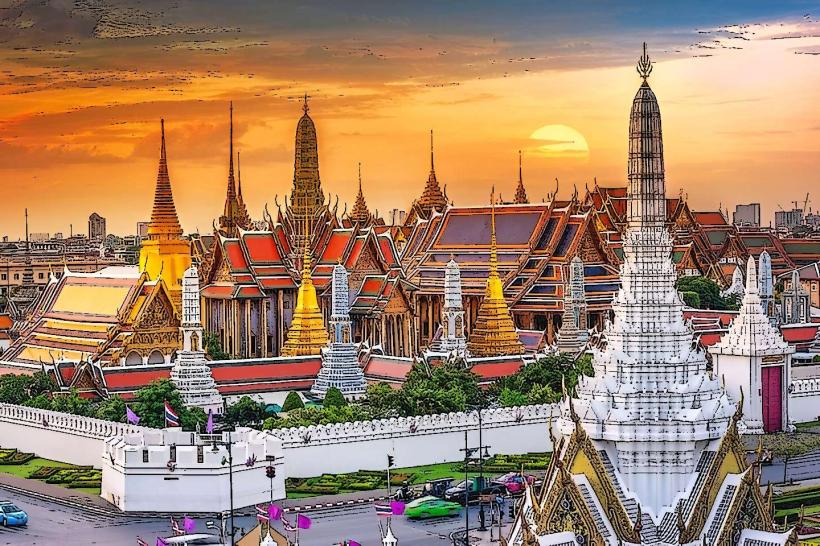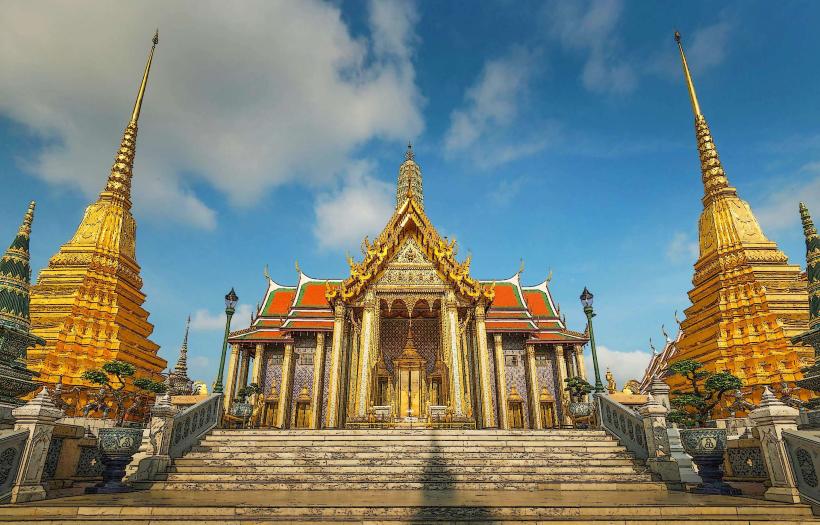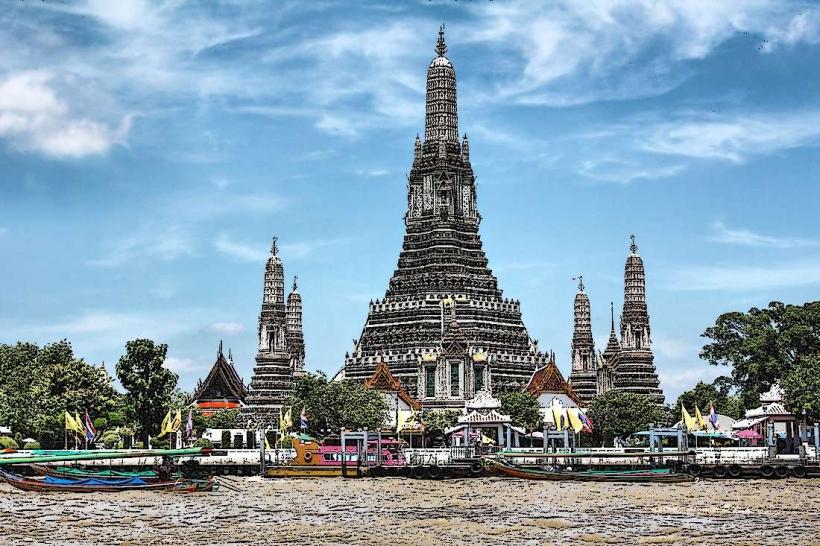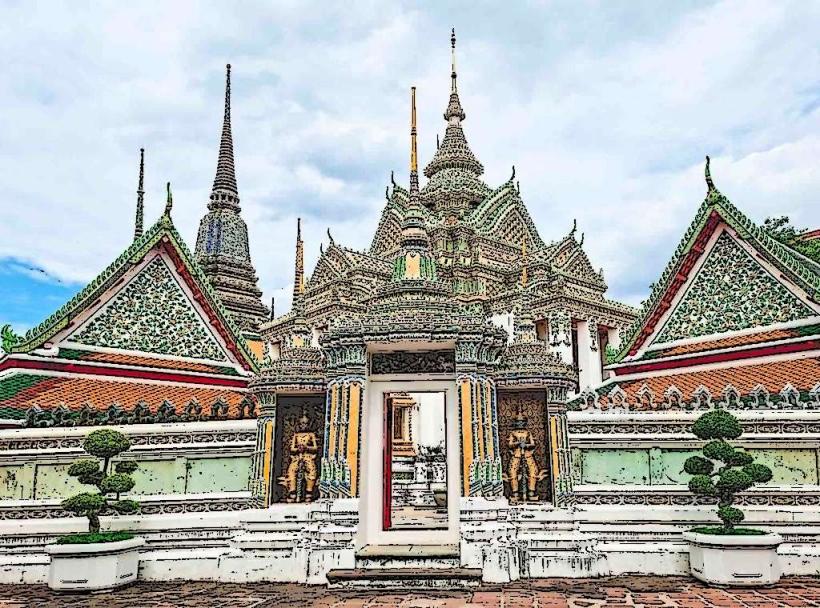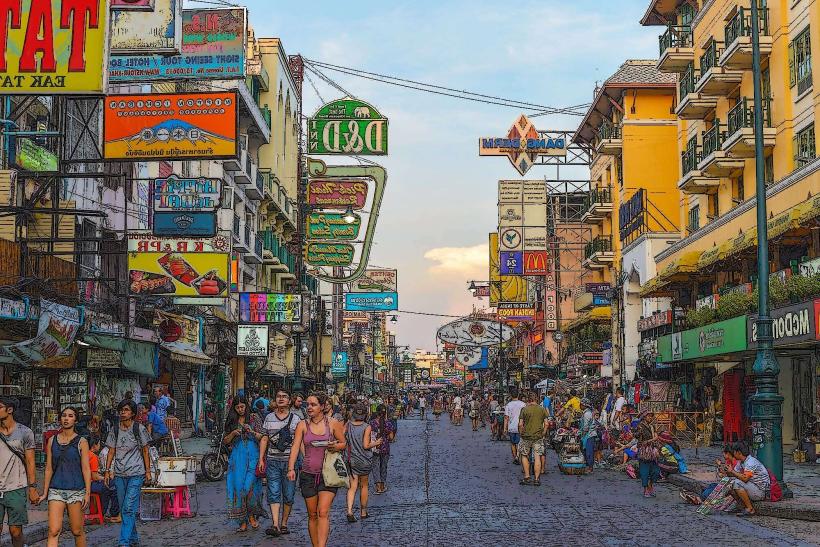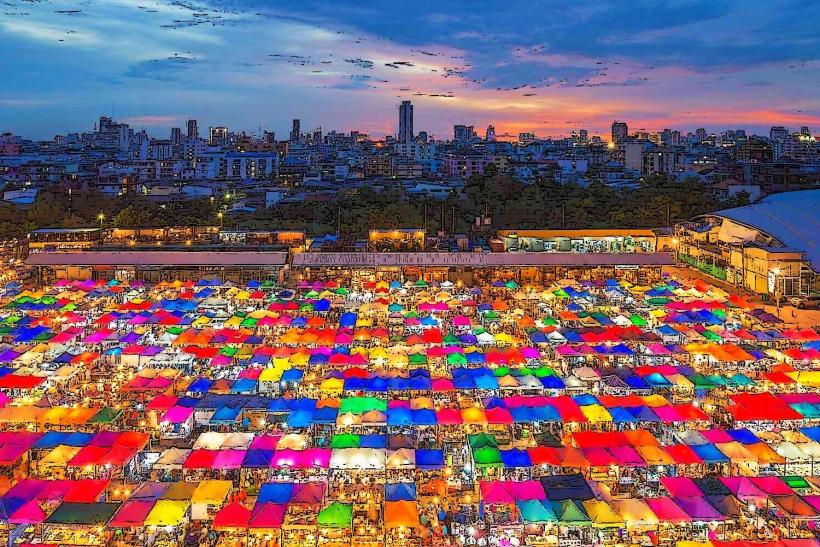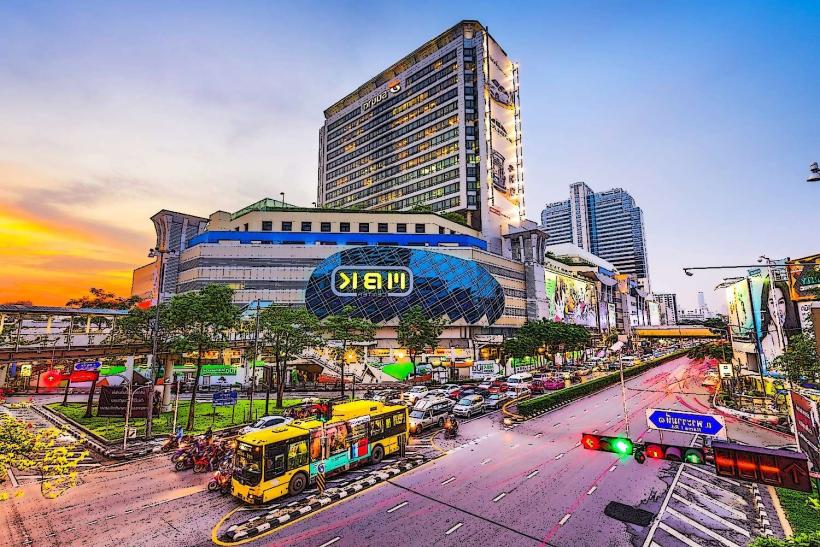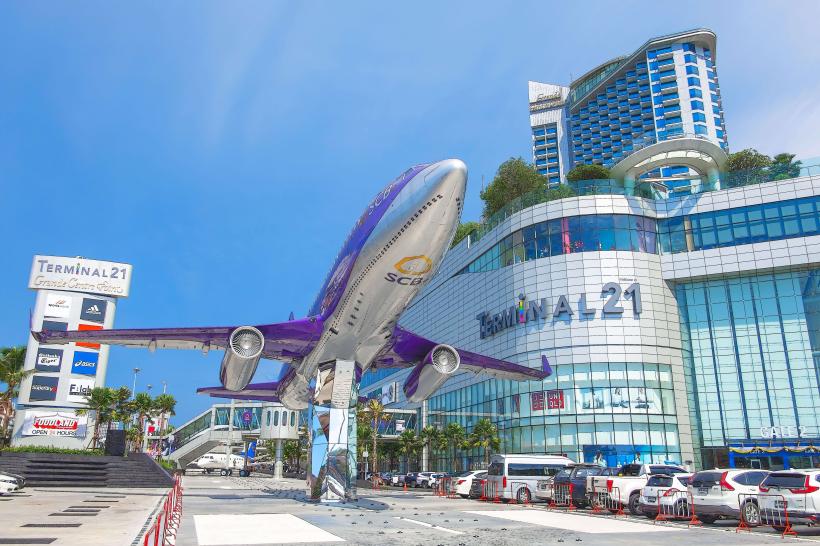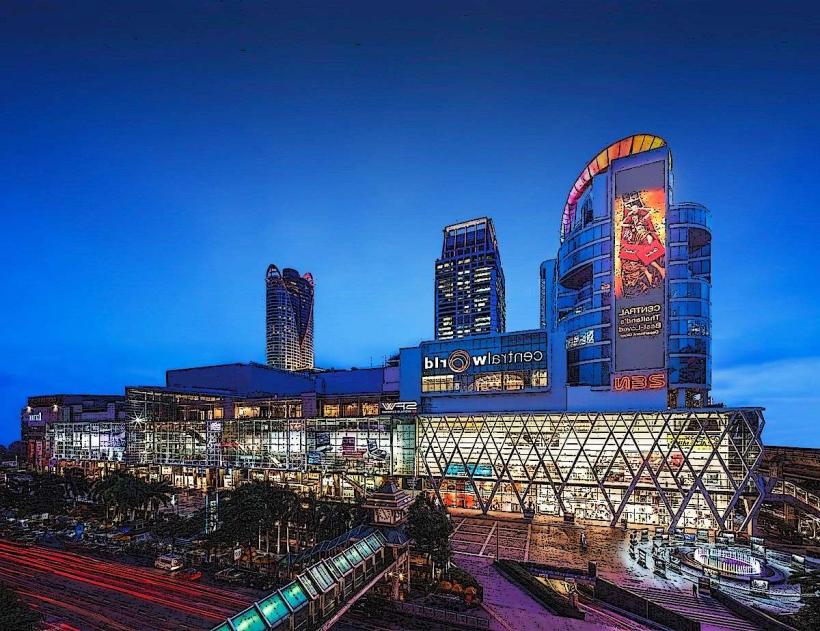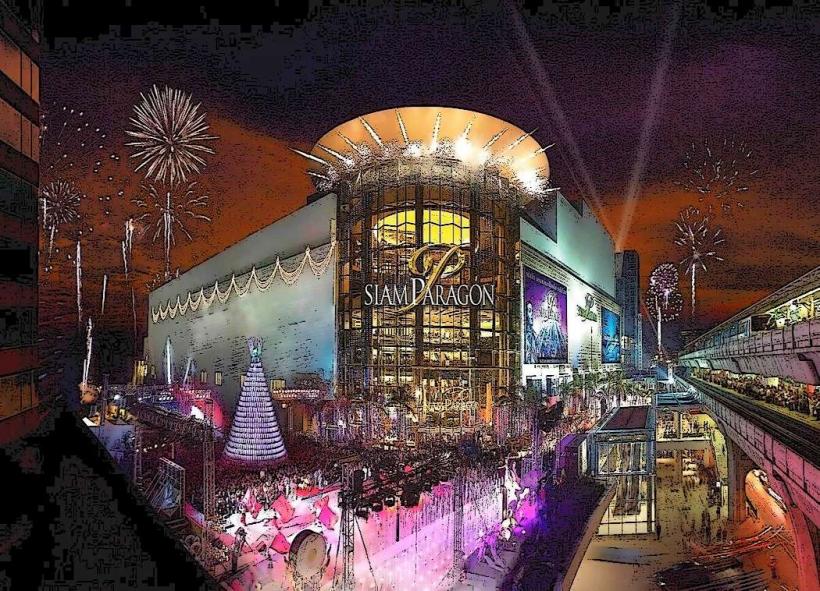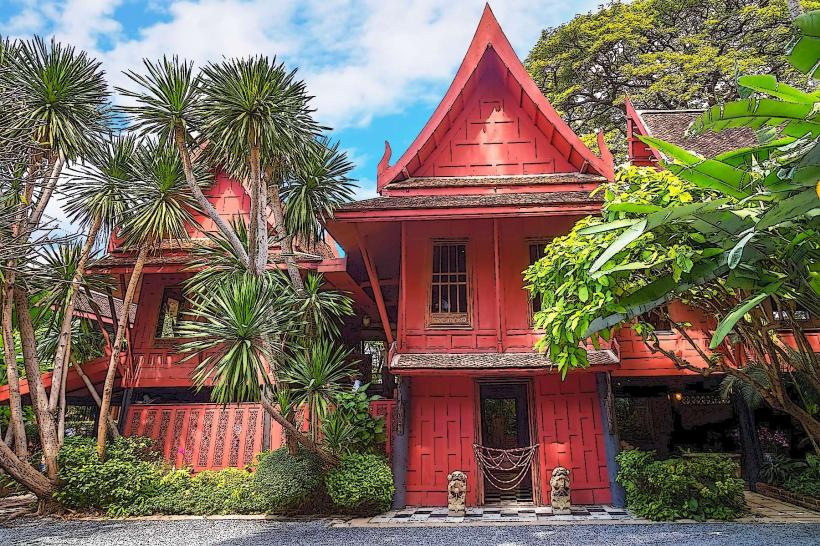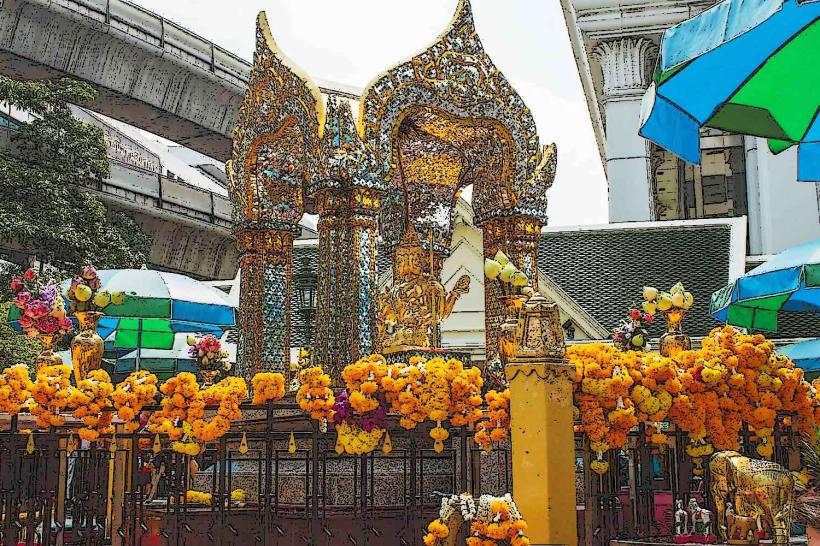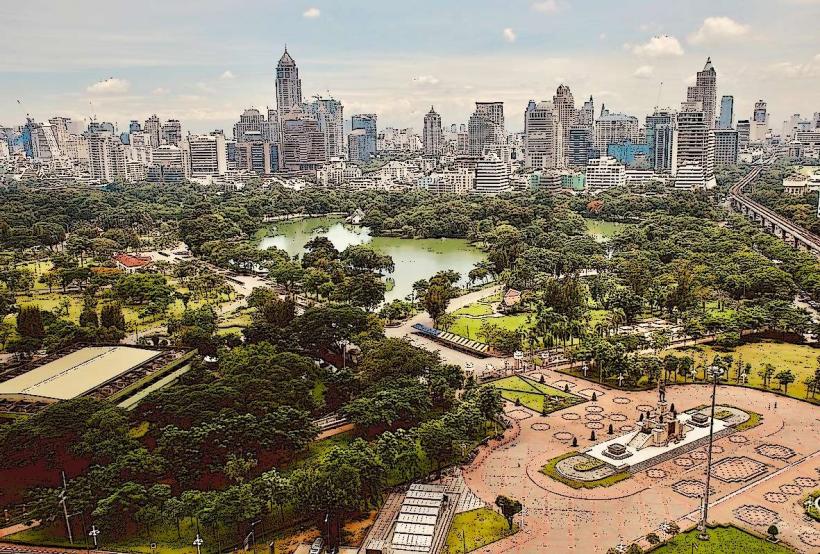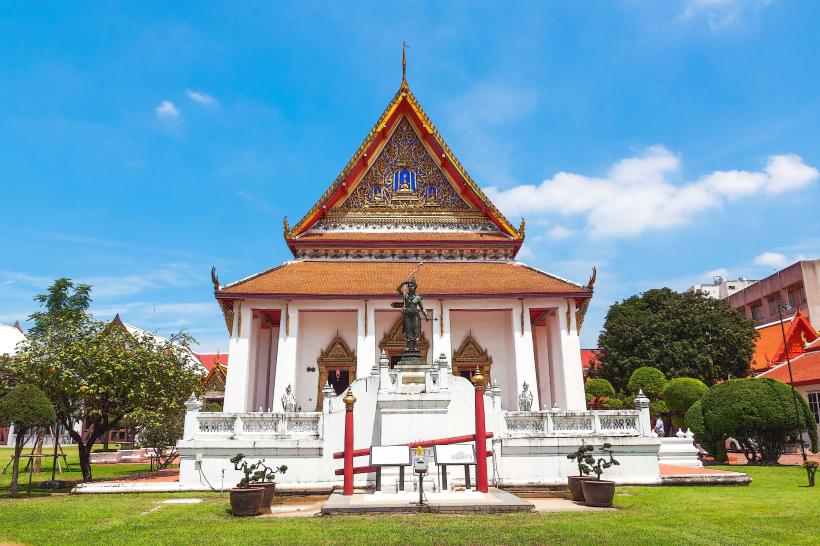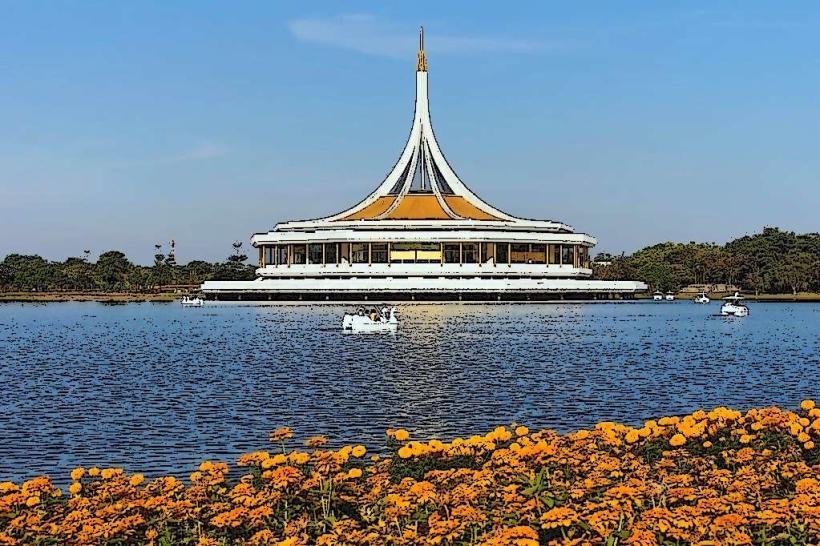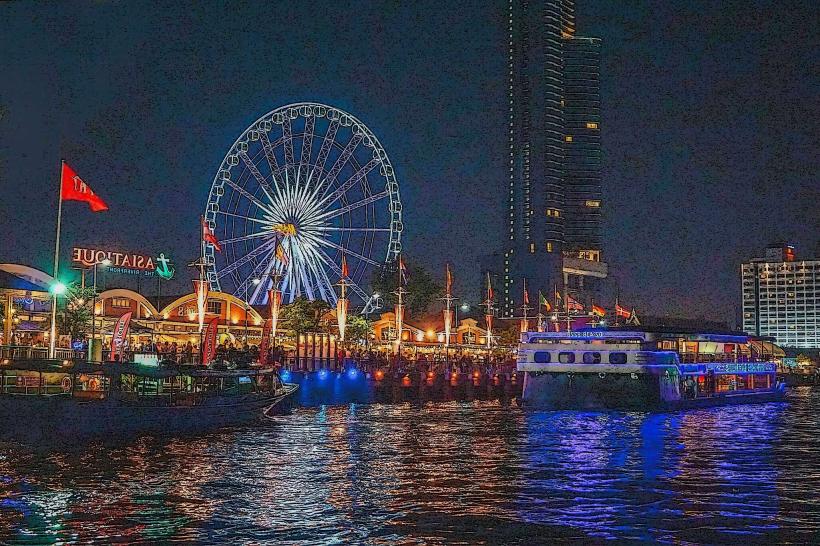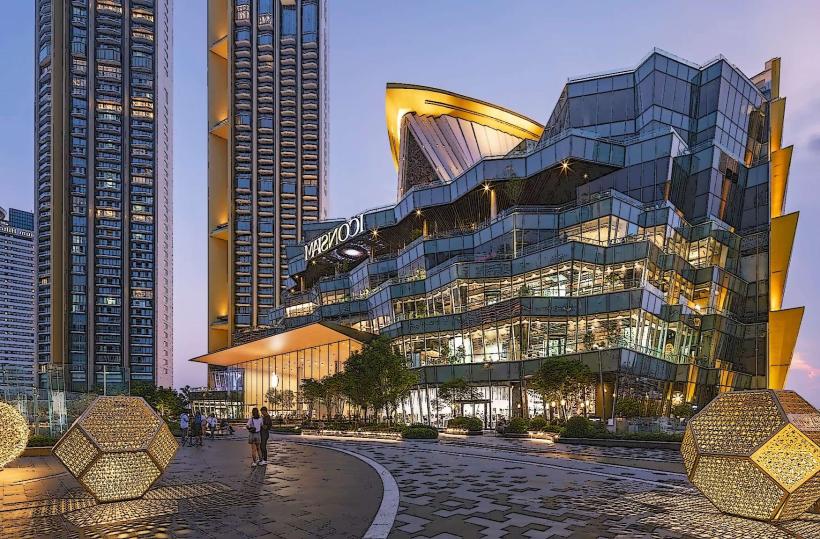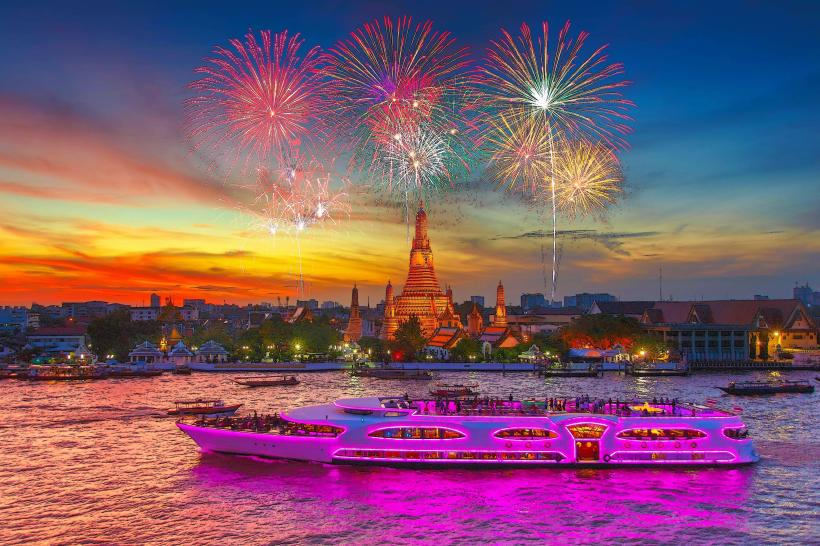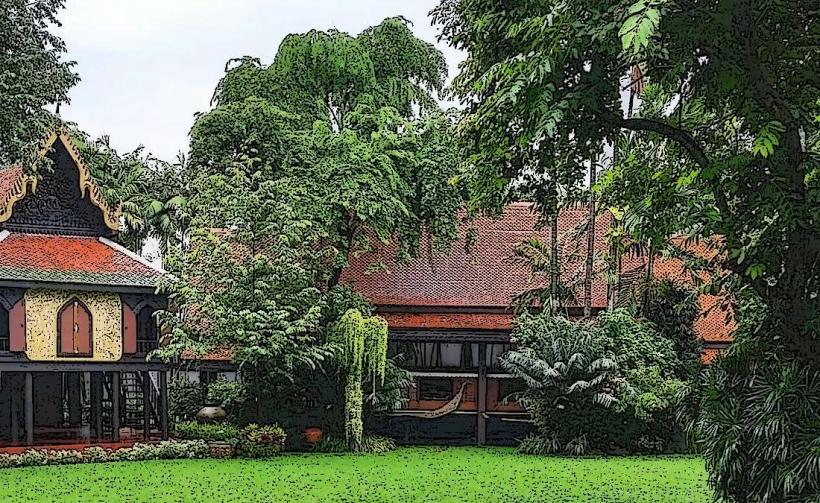Information
Landmark: Dusit ZooCity: Bangkok
Country: Thailand
Continent: Asia
Dusit Zoo (known as Khao Din Zoo) was one of Bangkok's oldest and most famous zoos, located in the Dusit District, near the King Rama V Monument and Dusit Palace. The zoo was open for nearly 60 years before closing in 2018 for redevelopment and plans to create a new, larger green space called Dusit Central Park. While the zoo itself is no longer operational, it played a significant role in Thailand's conservation efforts and was a beloved spot for both locals and tourists.
Key Features of Dusit Zoo (Before Closure)
1. Animal Exhibits
- The zoo housed over 1,600 animals, including mammals, birds, reptiles, and amphibians, some of which were rare species from Thailand and around the world.
- The zoo was particularly known for its collection of Southeast Asian wildlife, such as:
- Thai elephants and tigers.
- Gibbons, orangutans, and several species of monkeys.
- A variety of birds, including peacocks, flamingos, and hornbills.
- Aquatic life in its fish and reptile ponds.
2. Thematic Areas and Exhibits
- Dusit Zoo was divided into thematic sections based on animal types and natural habitats:
- The African Savannah: Featuring lions, zebras, and giraffes.
- Asian Wildlife: Home to tigers, Asian elephants, and gibbons.
- Reptile House: Featuring snakes, lizards, and crocodiles.
- Bird Park: A large aviary with a variety of tropical birds and exotic species.
- Aquatic Zone: Featuring fish species from both freshwater and saltwater habitats.
3. Children’s Playground and Educational Facilities
- The zoo also had interactive areas for children, including playgrounds and educational exhibits aimed at raising awareness about wildlife conservation.
- Visitors could engage with animals in safe, controlled environments, especially at the petting zoo and feeding zones.
4. Recreational Facilities
- Dusit Zoo offered visitors a variety of picnic areas, lakeside spaces, and shaded spots to relax and enjoy the green surroundings.
- Boating: Visitors could rent small boats to paddle around the zoo's large artificial lake, surrounded by lush greenery.
5. Conservation and Education
- Dusit Zoo played a role in wildlife conservation, providing education on protecting endangered species and natural habitats.
- The zoo participated in several conservation programs focused on Thailand’s endangered species, such as the Siamese crocodile and Indochinese tiger.
Closure and Transformation Plans
- The zoo officially closed in 2018 as part of a plan for the creation of Dusit Central Park, a massive urban park and development project that will include green spaces, shopping malls, office buildings, and residential areas.
- The closure of the zoo was met with mixed reactions, as it was a beloved spot for families and tourists. Many hoped the new park would continue the legacy of environmental awareness, while some mourned the loss of the zoo’s historical significance.
Dusit Central Park (Future Developments)
- The new development, Dusit Central Park, is set to transform the area into a modern urban park with green spaces, open-air gardens, and modern amenities.
- The new park will still be a public space but will focus on sustainable design and a balance between nature and city life.
Visitor Information Before Closure
- Opening Hours: Typically 8:00 AM – 6:00 PM daily.
- Entrance Fee: Around 150-200 THB for adults and 50-100 THB for children, with discounts for Thai nationals.
- Location: 71 Rama 5 Road, Dusit, Bangkok, near the Dusit Palace and Vimanmek Mansion.
- How to Get There: Easily accessible by taxi or public transport, with the BTS Skytrain and bus routes nearby.
Though Dusit Zoo no longer exists, its legacy remains an important part of Bangkok’s history in terms of wildlife conservation and public education. The new Dusit Central Park promises to create a large public green space, and it’s hoped that some aspects of the zoo’s environmental and educational contributions will be carried forward in the redevelopment.

